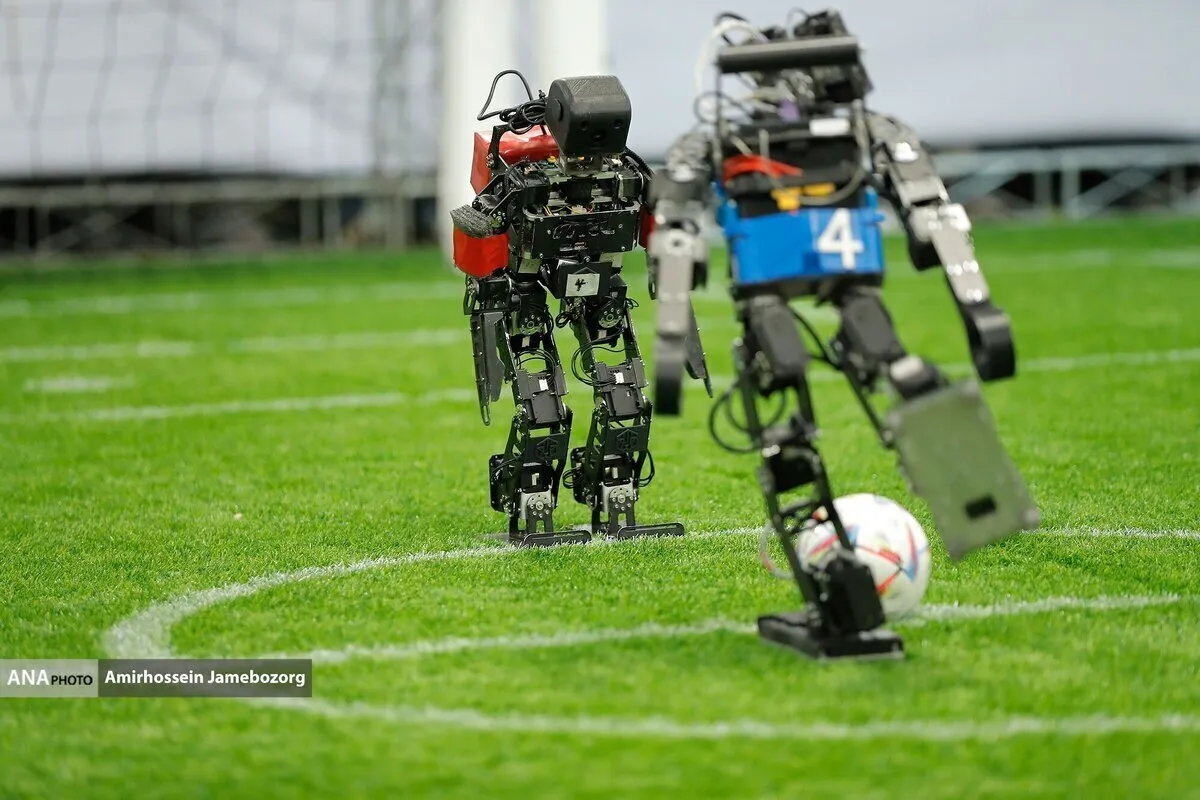Minister: Iran Ranks 2nd in AI, Robotics in Region

“[based on the latest report of the Islamic World Science Citation Database (ISC)], Iran ranked second in producing science in the field of artificial intelligence in the region. And about the machine learning index in the region, Saudi Arabia ranked first and Iran ranked second. Turkey's robotics index ranks first and Iran ranks second, and in the field of neural networks and the multi-agent systems, Iran has ranked first,” Zolfi Gol said.
He added that the ISC’s report also shows that the universities of Tehran, Tabriz, Amirkabir, Tarbiat Modares, Tehran Medical Sciences, Islamic Azad University’s Science and Research branch, Sharif, Khajeh Nasir, Shiraz and Science and Technology are among the top universities in the country in the field of artificial intelligence.
Multi-agent systems (MAS) are a core area of research of contemporary artificial intelligence. A multi-agent system consists of multiple decision-making agents which interact in a shared environment to achieve common or conflicting goals.
In machine learning, a neural network (also artificial neural network or neural net, abbreviated ANN or NN) is a model inspired by the structure and function of biological neural networks in animal brains.
An ANN consists of connected units or nodes called artificial neurons, which loosely model the neurons in a brain. These are connected by edges, which model the synapses in a brain. Each artificial neuron receives signals from connected neurons, then processes them and sends a signal to other connected neurons. The "signal" is a real number, and the output of each neuron is computed by some non-linear function of the sum of its inputs, called the activation function. The strength of the signal at each connection is determined by a weight, which adjusts during the learning process.
Typically, neurons are aggregated into layers. Different layers may perform different transformations on their inputs. Signals travel from the first layer (the input layer) to the last layer (the output layer), possibly passing through multiple intermediate layers (hidden layers). A network is typically called a deep neural network if it has at least 2 hidden layers.
Artificial neural networks are used for various tasks, including predictive modeling, adaptive control, and solving problems in artificial intelligence. They can learn from experience, and can derive conclusions from a complex and seemingly unrelated set of information.
4155/v





















